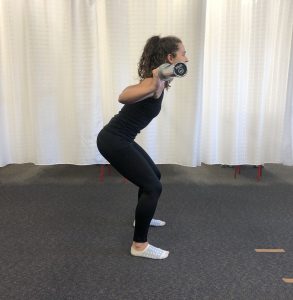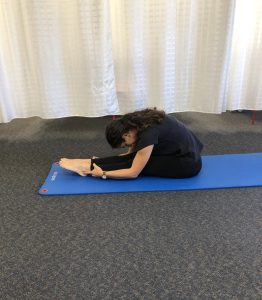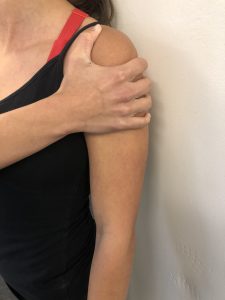INTRODUCTION
Shoulder instability is a common condition that can have a significant effect on athletic performance and the ability to carry out normal daily tasks. Like the name suggests, this condition refers to an unstable shoulder joint, which results from the structures of the shoulder being unable to effectively keep the joint held together and maintain a normal position. This can lead to recurrent dislocations or feeling like the shoulder is about to slip out of place at any moment.
ANATOMY
The shoulder is a ball and socket joint, consisting of the humeral head (upper arm bone) and the glenoid (shoulder blade). This type of joint enables a large range of motion, allowing us to move our arms in almost any direction and accurately throw objects at long distances, which is an ability unique to humans. However, this comes at a price, as what the shoulder gains in mobility it loses in stability. The socket of the shoulder joint is notoriously shallow and is often compared to a golf ball on a tee. Due to the lack of bone and ligament structures to hold the joint in place the surrounding muscles have to work extra hard to keep everything where it should be.
WHAT CAUSES IT?
There’s generally a few main causes of shoulder instability which include:
- Traumatic injury
- A traumatic injury is the most common cause of instability and often involves falling on an outstretched arm resulting in a dislocation of the shoulder. Most dislocations occur anteriorly (through the front of the shoulder) and happen when the arm is elevated and rotated backwards. This results in the ligaments being stretched making the shoulder joint loose and unstable. Additionally, when a dislocation occurs there is often bone loss from the injury which adds to the problem.
- Overuse
- Repetive activities or movements can also result in instability through gradual wear and tear on the different tissues that support the shoulder joint. These activities are generally related to overhead movements such as sports involving throwing or physically demanding occupations.
- Genetics
- All conditions have some form of genetic involvement and shoulder instability is of no exception. Some people just have naturally less stable joints which predisposes them to developing the condition at some point throughout their life. If someone is naturally hypermobile they are more likely to suffer from shoulder instability.
SIGNS & SYMPTOMS
The most notable symptom of shoulder instability is feeling as if the shoulder is loose and could pop out of its socket at any given moment. Even when performing simple daily tasks like putting on a shirt or reaching for an object above the head. Other signs or symptoms that may be experienced with this condition include:
- Recurrent sublaxations or disloactions (a subluxation is when the shoulder momentarily pops out of place where as in a dislocation it stays out of place until someone relocates it)
- Restricted movement and range of motion
- Decreased strength
- Muscle wastage around the shoulder
- Pain and discomfort at rest or when performing various activities
HOW TO FIX IT
(conservative vs surgical treatment)
Depending on the severity and recurrence of subluxations or dislocations, the treatment of shoulder instability differs. For people who have less severe instability and have had either no or a very small number of subluxations/dislocations can generally be treated through conservative measures which means they dont require any surgical intervention. This generally involves reducing symptoms like pain and discomfort in the short term through medication, taping or wearing a sling. It also largely focuses on strengthening the stabilising muscles of the shoulder which are known as the rotator cuff.
For more severe cases, surgery is usually required to fixate the shoulder into its socket allowing for much greater stability. This is because once the shoulder has dislocated or subluxated multiple times, the structures become damaged and are unable to stabilise the joint regardless of how much conservative treatment is done. The surgery is followed by a rehab process which takes several months and is focused on regaining range of motion and strength.
CONCLUSION
Shoulder instability is a condition that can have a large impact on quality of life and athletic ability, however with proper treatment it can be effectively managed. If you’re experiencing any symptoms of this condition it’s highly important to get it checked out by a clinician, as early diagnosis results in much better long term outcomes.




